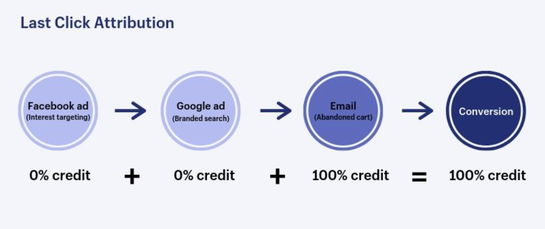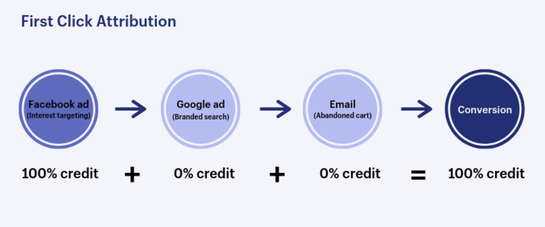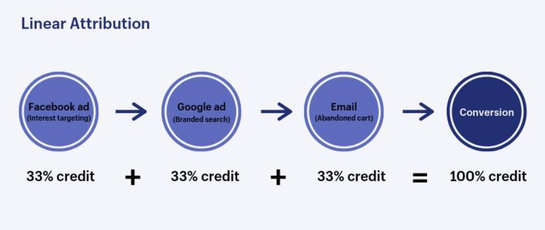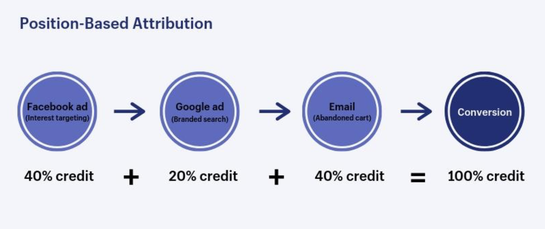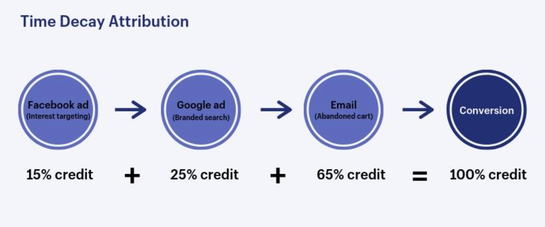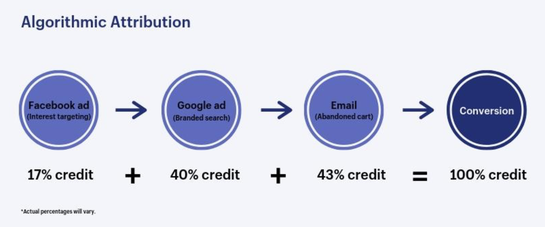Mobile Ad Attribution: How App Tracking Works
App tracking is essential for driving growth and ensuring you stay ahead of the curve. Let’s take a closer look at mobile app tracking and how it works.
Read More
In today’s ultra-competitive e-commerce world, brand marketers need to leverage every available tool to ensure that campaigns engage and connect with audiences. With so many channels to manage and grow, it can be difficult to sort through the information and gather data that accurately reflects how consumers interact with the conversion funnel. Where do customers first engage with your brand? How do they discover the products they purchase? Which marketing channels work best for your high-value customers? Choosing the right marketing attribution model will answer those questions and help you craft effective campaigns for customers who are ready to convert.
For more from our attribution series:
Attribution Modeling: What It Is & How to Use It
Why First-Touch and Last-Touch Attribution Are Out of Style
Designing a Multi-Touch Attribution Model
A Beginner’s Guide to Data-Driven Attribution
Marketing attribution is the process that marketers use to assign credit for conversions among various marketing channels—social media, email, display ads, organic search, chat, and others. Given the wide variety of brands and products in the e-commerce world, there are a number of marketing attribution models available, all of which seek to accurately map customers' interactions with touchpoints. With the right attribution model, you can understand which parts of the funnel directly impact consumers' purchasing decisions. Some models give more credit to the beginning of the customer journey, while others emphasize later touchpoints, or spread credit evenly across the conversion path.
Without marketing attribution, it can be difficult for marketers to make informed decisions about where they devote their ad resources and creative energy. To optimize ad spending and boost ROI, brands need to identify the channels and marketing tactics that most effectively engage the target audience and generate revenue. If your brand is only using each channel’s built-in analytics—such as Google or Facebook, which only review their own data—you’re missing the full picture (see how cross-channel attribution works with AdRoll). Without an understanding of the full process, your brand could be wasting money on channels that don’t deliver results.
In a nutshell, there are three types of attribution models: single-touch model, rule-based multi-touch model, and data-driven or algorithmic model.
Single-touch attribution models assign 100% of conversion credits to a single touchpoint. Last-click and first-clicks are two commonly used models in this category:
Rule-based multi-touch attribution models assign conversion credits across multiple touchpoints using a predefined rule. Here are the three commonly used models in this category:
Data-driven or algorithmic attribution models use machine learning technology to create a custom model for each business:
The best way to choose a marketing attribution model is to think carefully about every aspect of your brand. What’s your target audience? How many channels do you use? Are you just starting your brand, or are you looking to grow your audience through lead generation?
Let’s review some common scenarios for e-commerce businesses and recommend the best marketing attribution models for each.
Once you’ve selected one or two marketing attribution models that will work for your business, consider your options for adopting a marketing attribution platform where you can review and manage all of your data in one place. Choose an attribution tool that will let you use several models or build your own data-based parameters. This will help you sort through the attribution information you’re collecting and find the most effective ways to optimize your marketing strategy.
Last updated on September 22nd, 2023.
